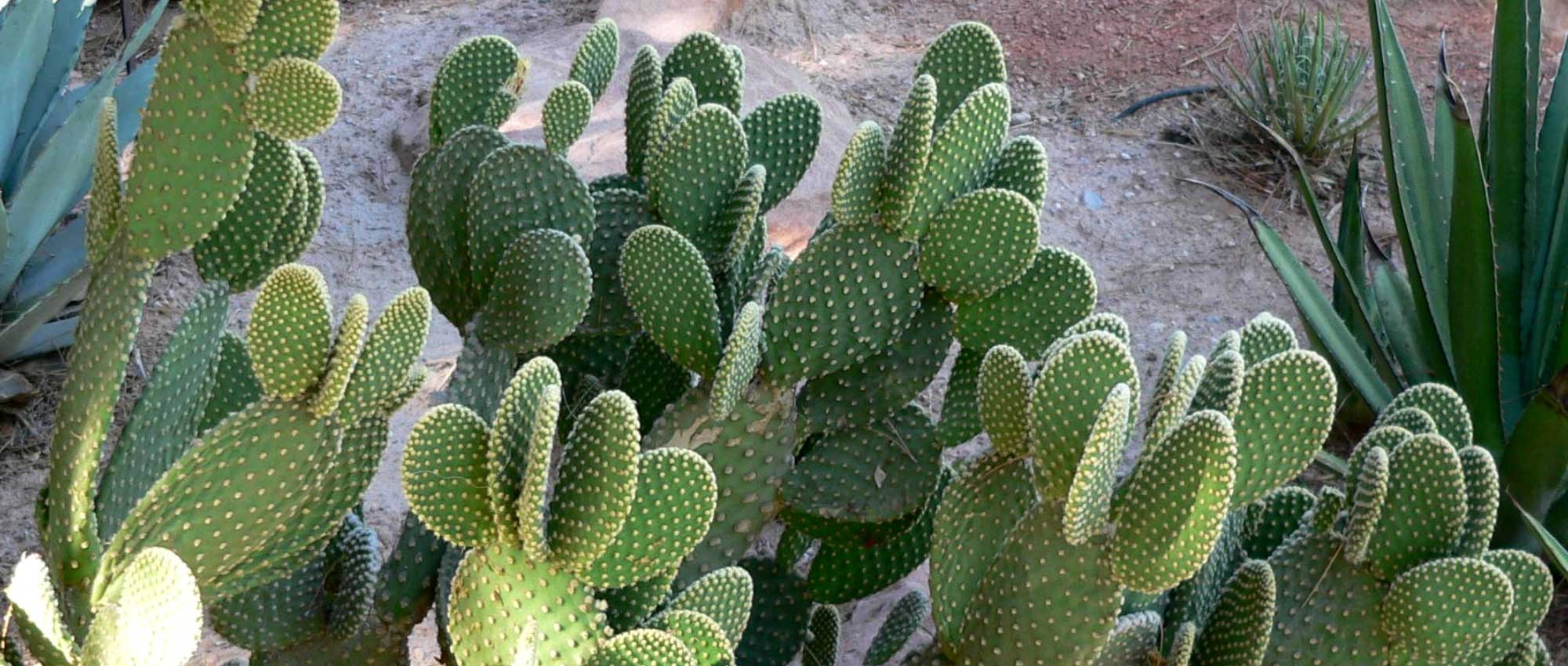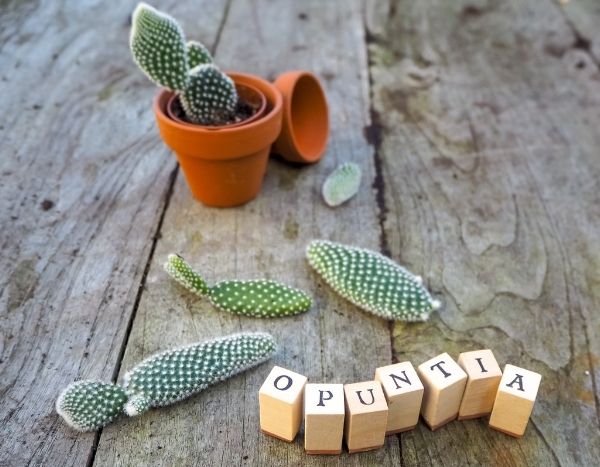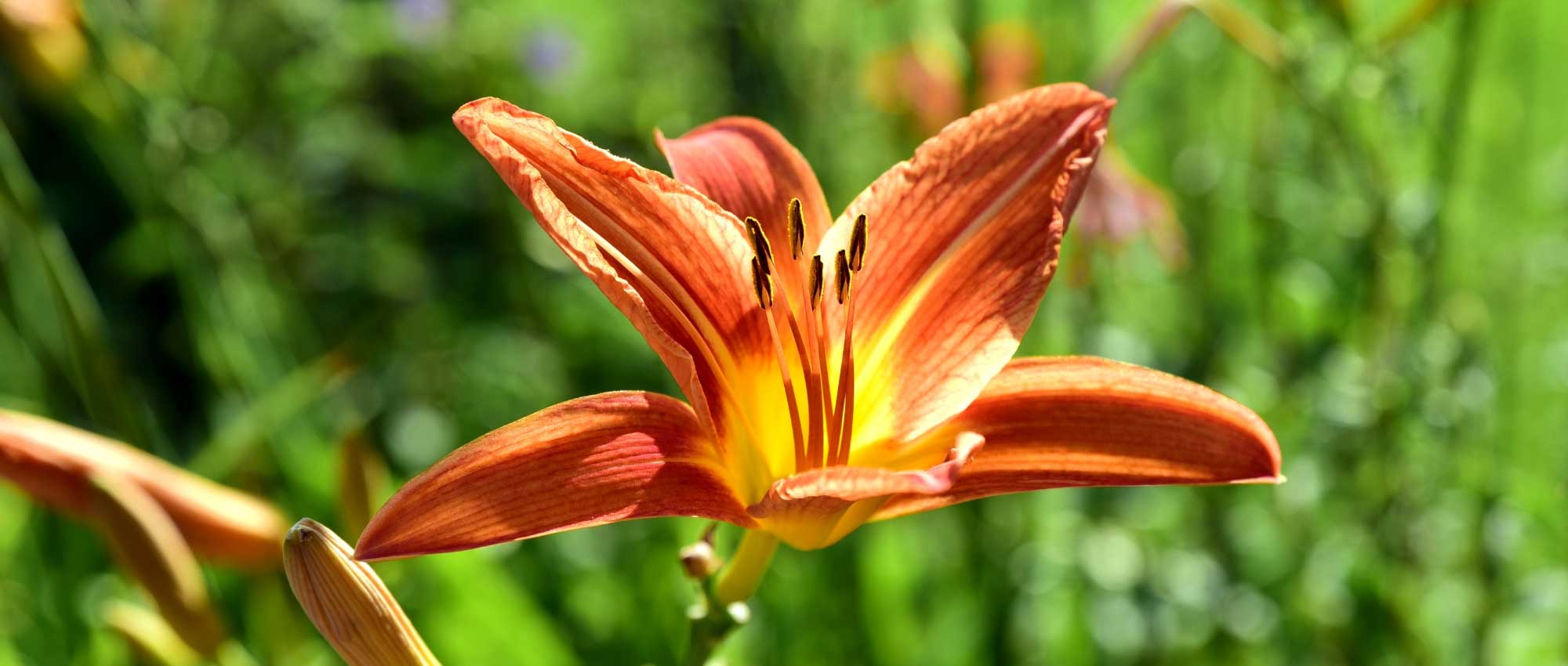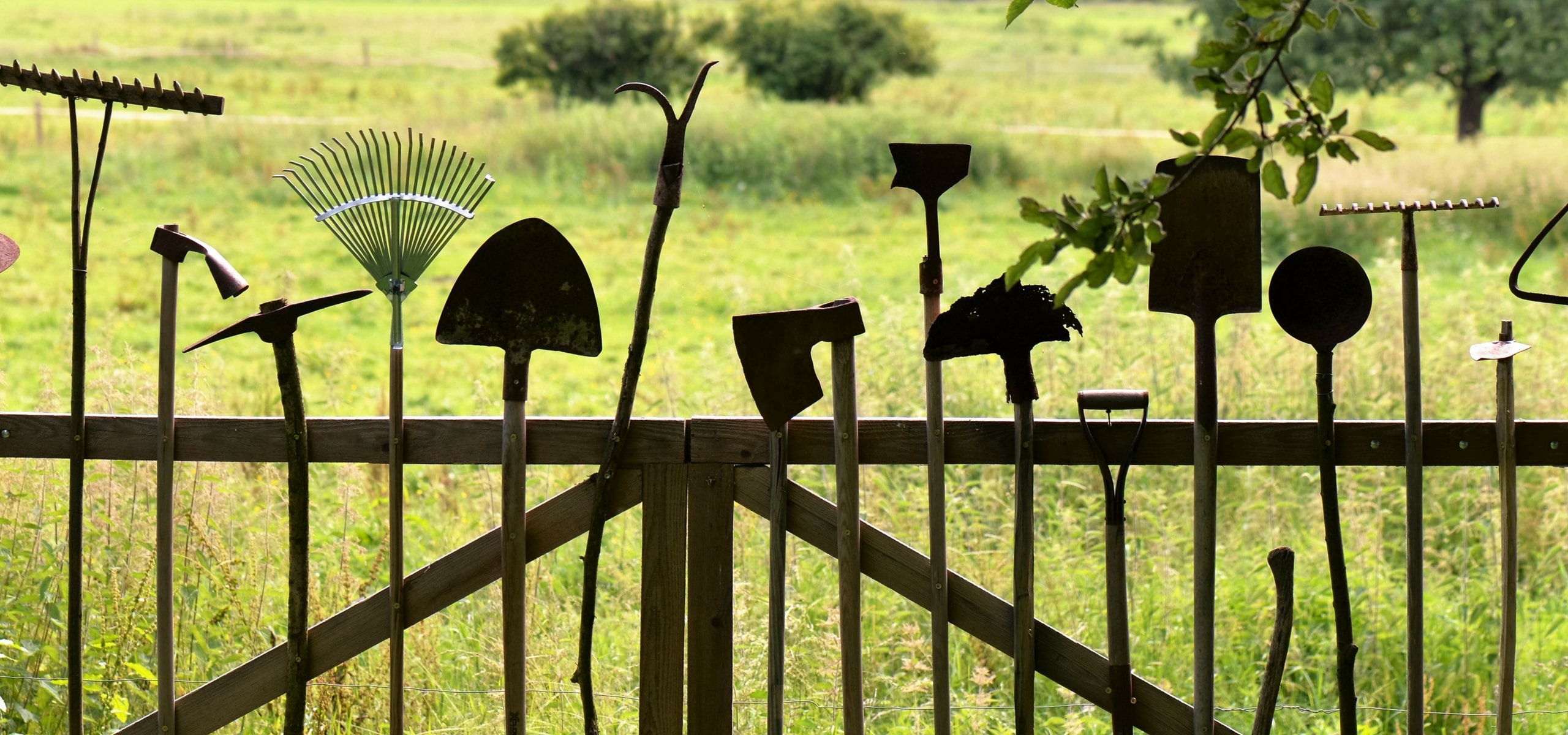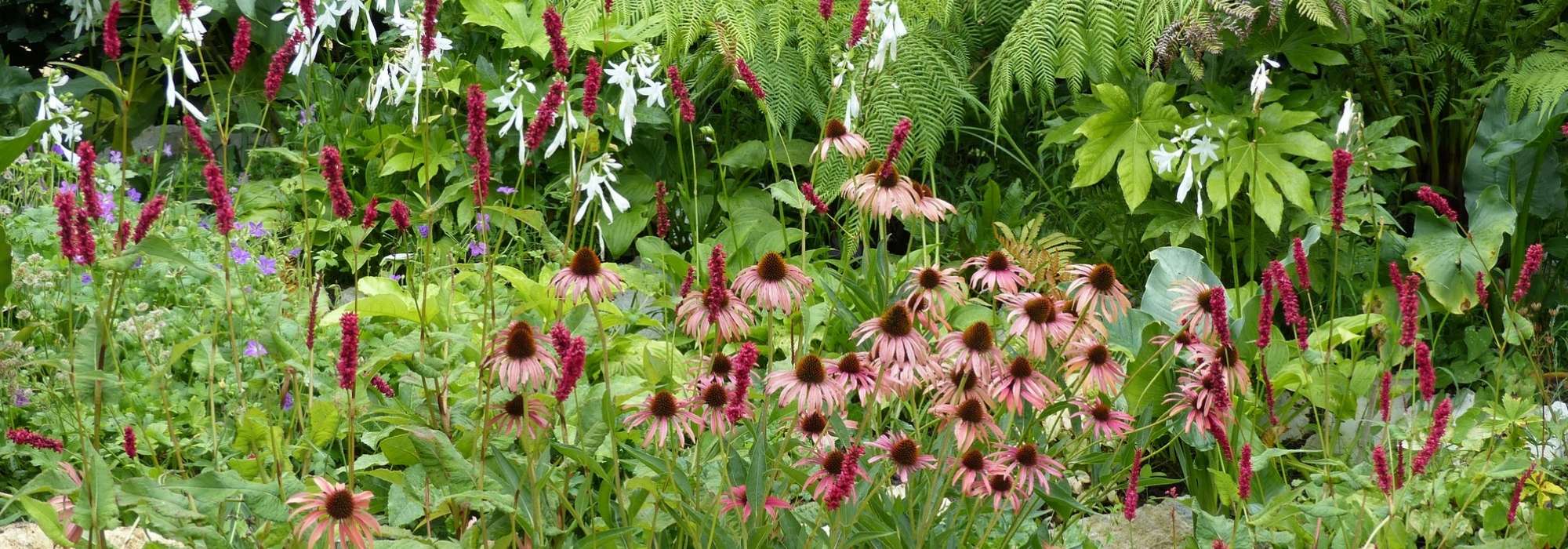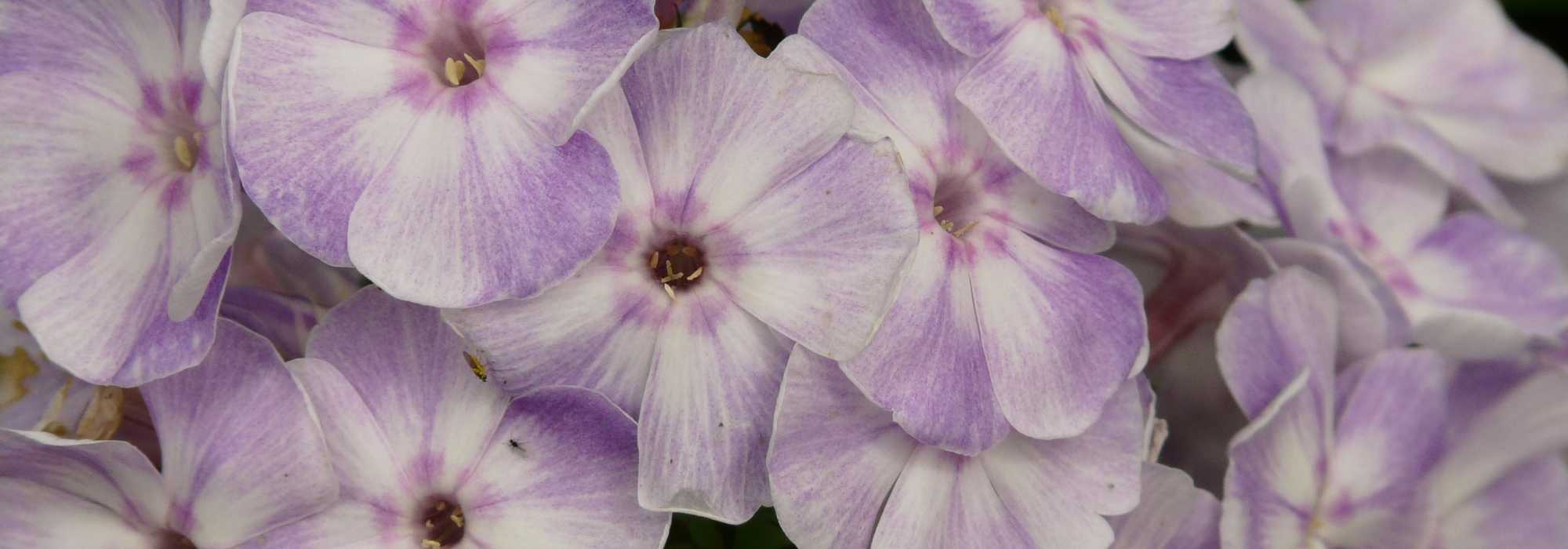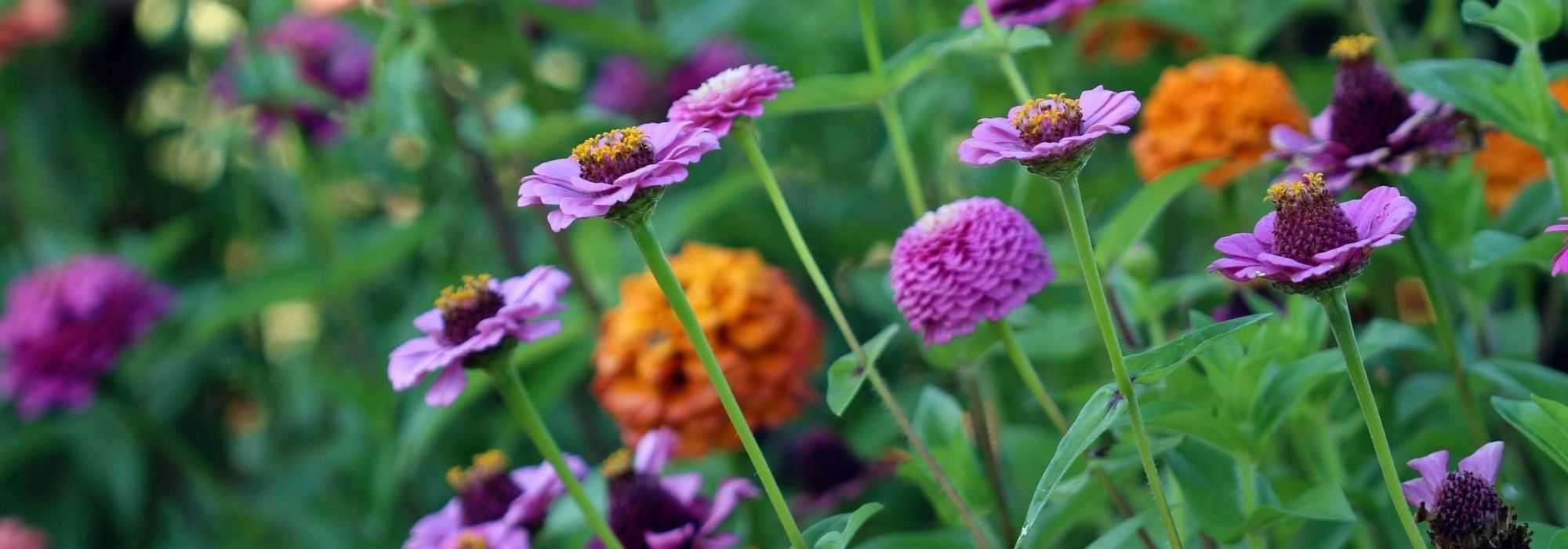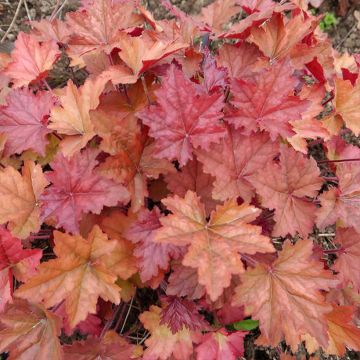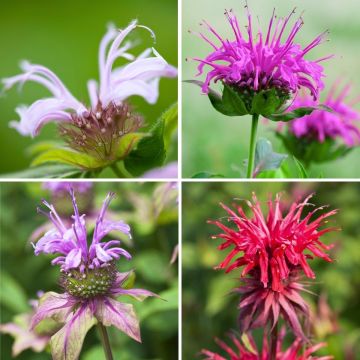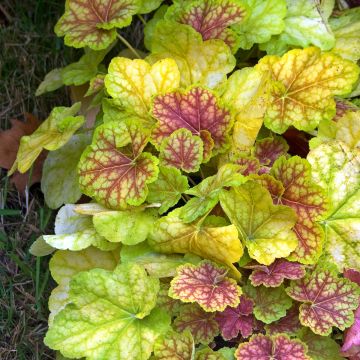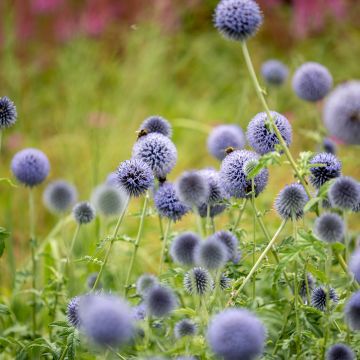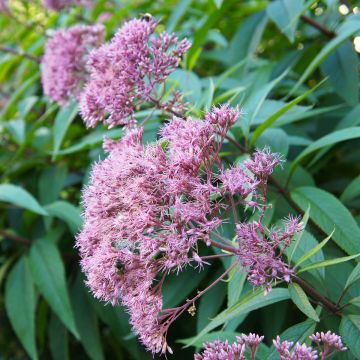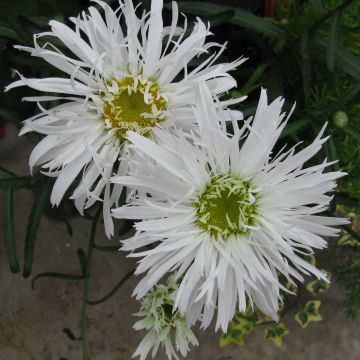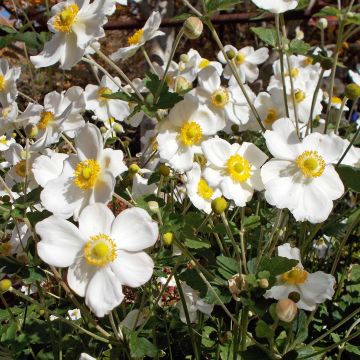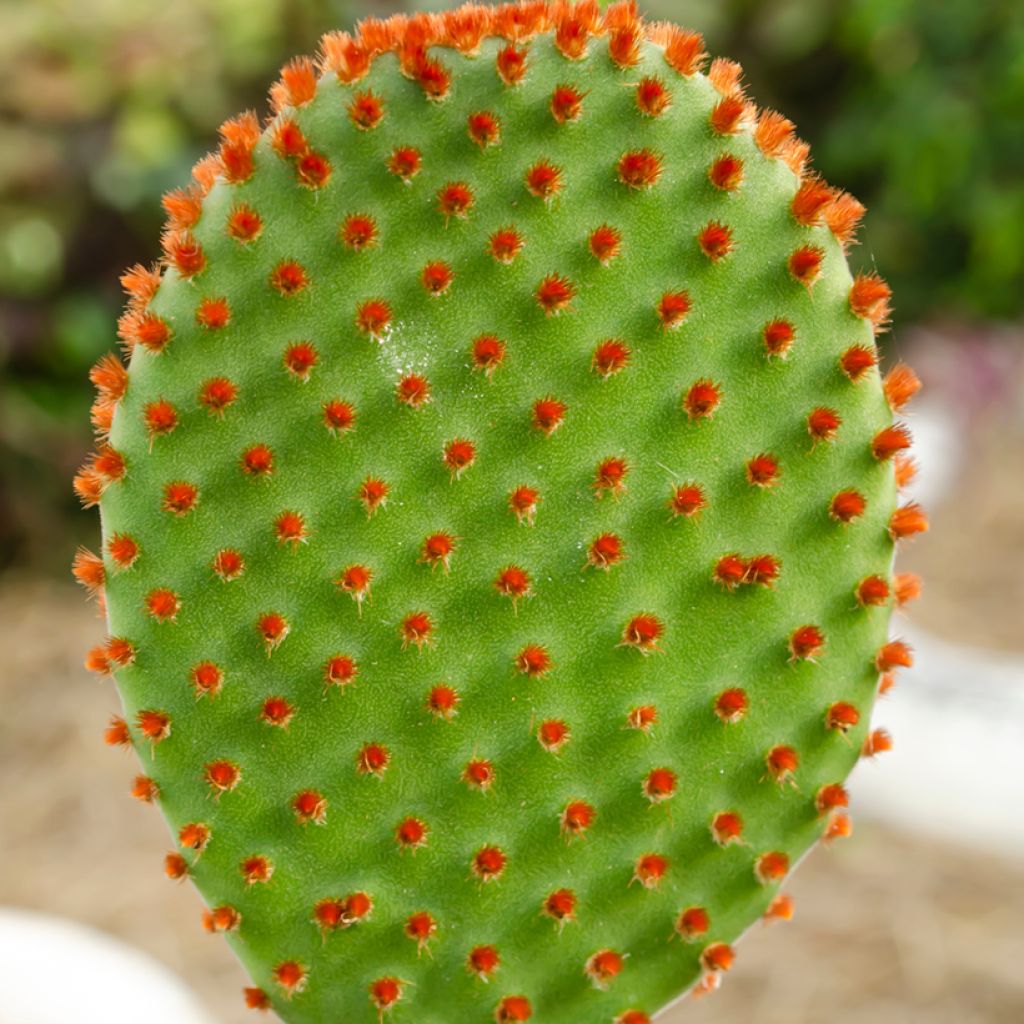

Opuntia microdasys var. rufida - Cinnamon cactus, bunny ear cactus
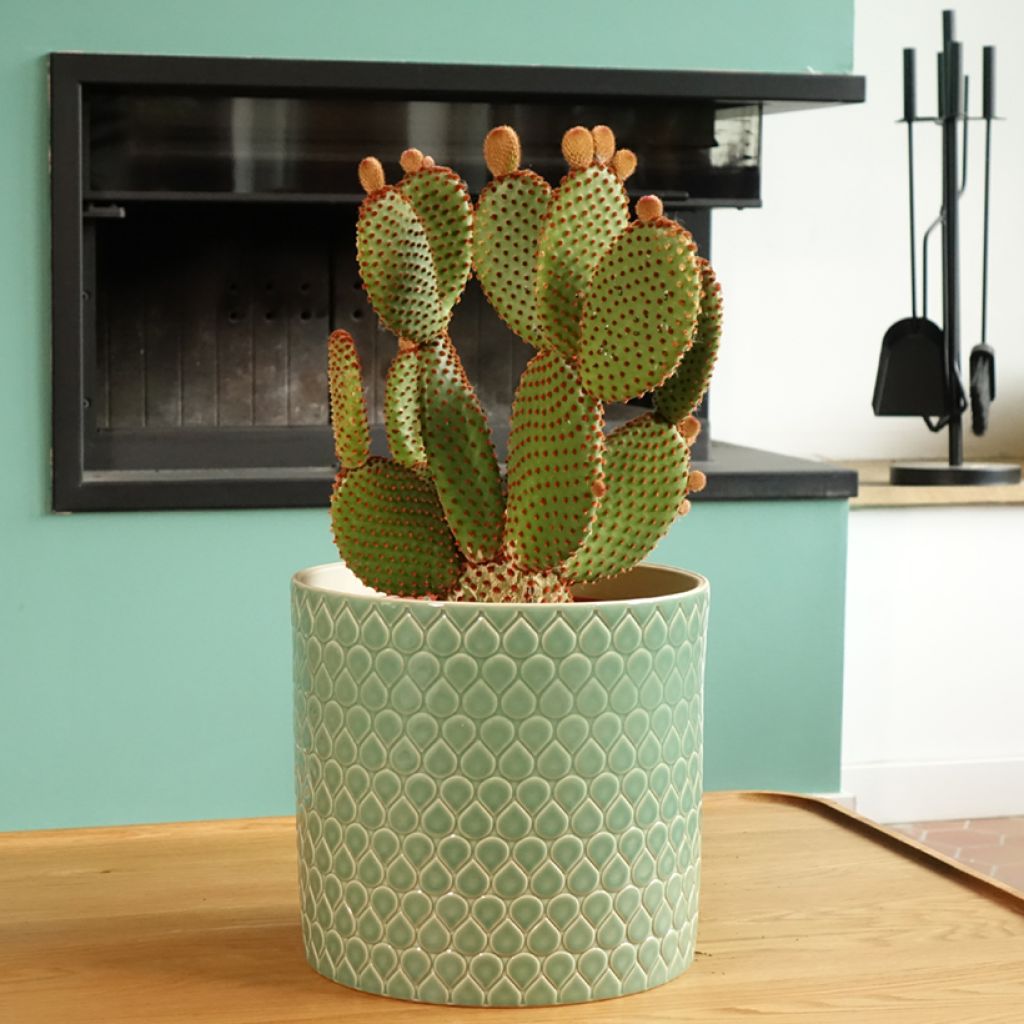

Opuntia microdasys var. rufida - Cinnamon cactus, bunny ear cactus
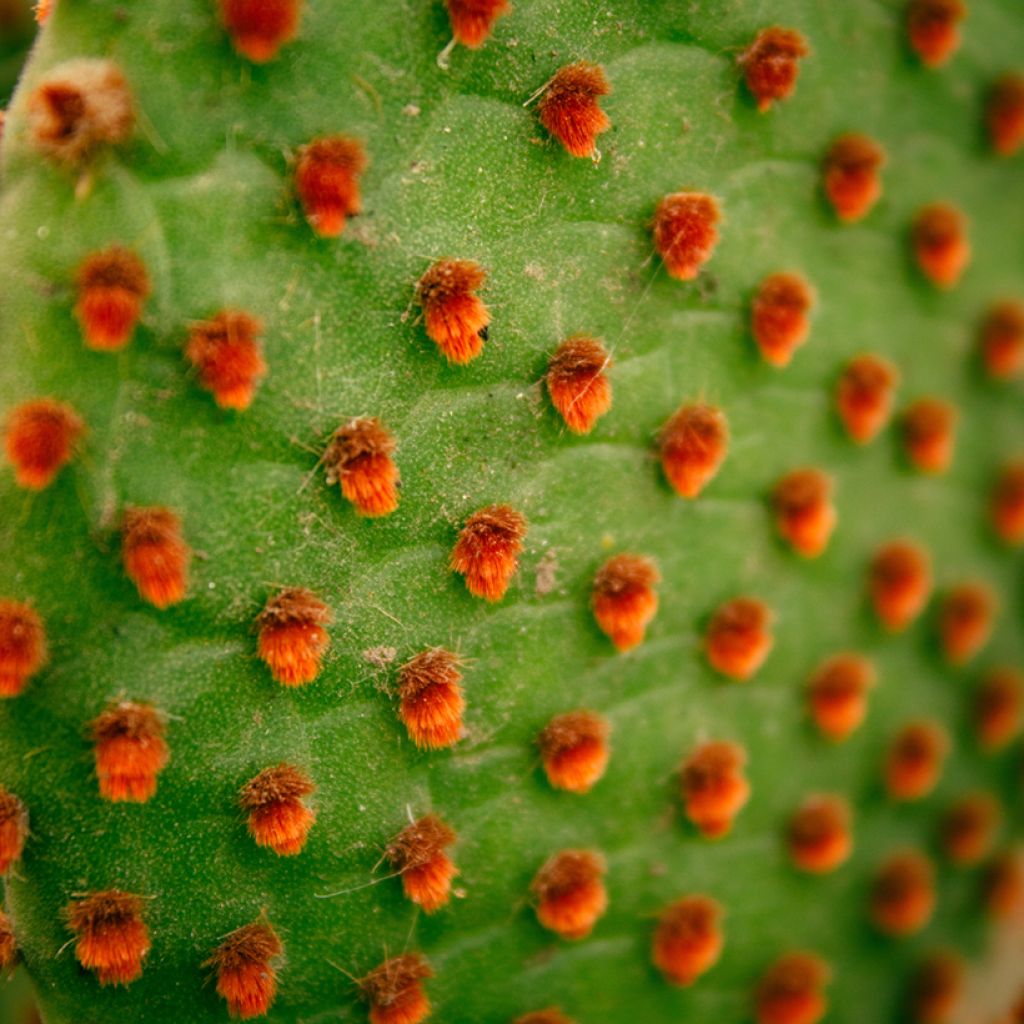

Opuntia microdasys var. rufida - Cinnamon cactus, bunny ear cactus
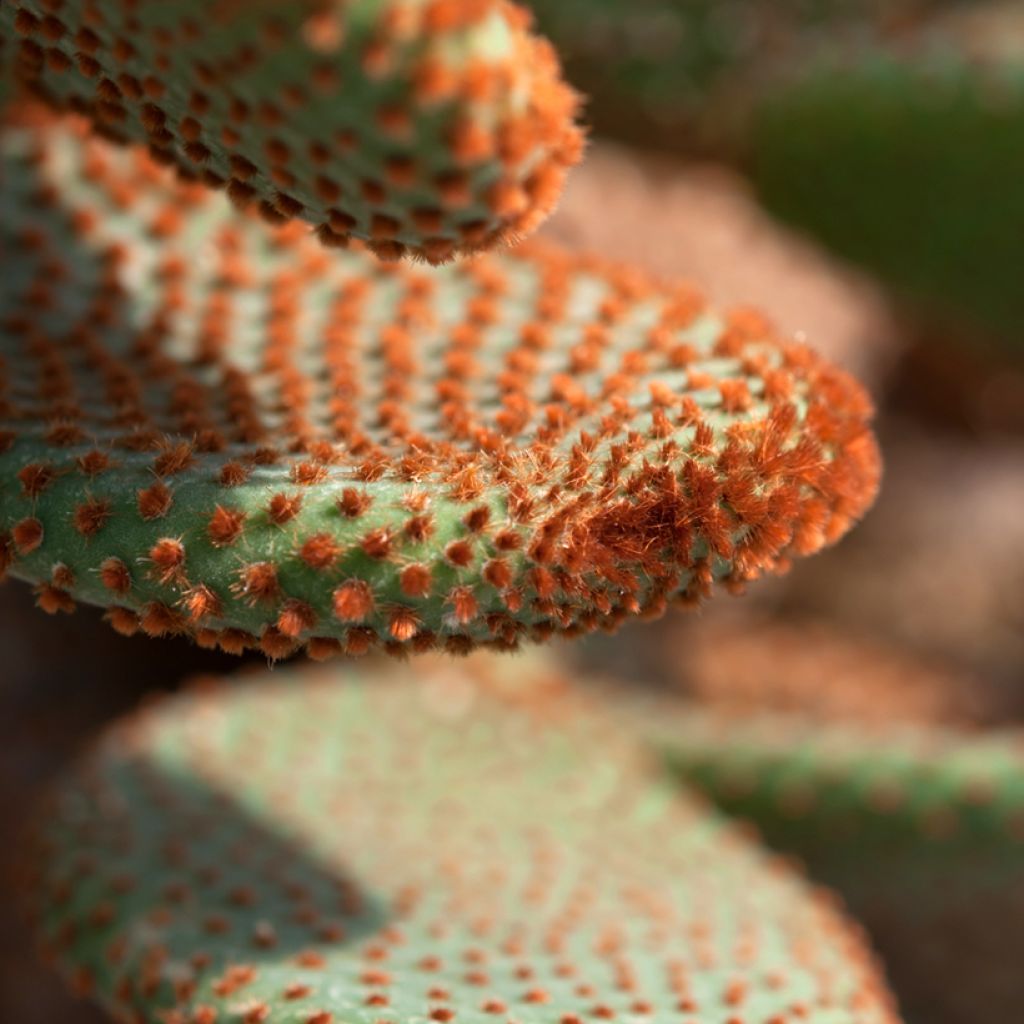

Opuntia microdasys var. rufida - Cinnamon cactus, bunny ear cactus
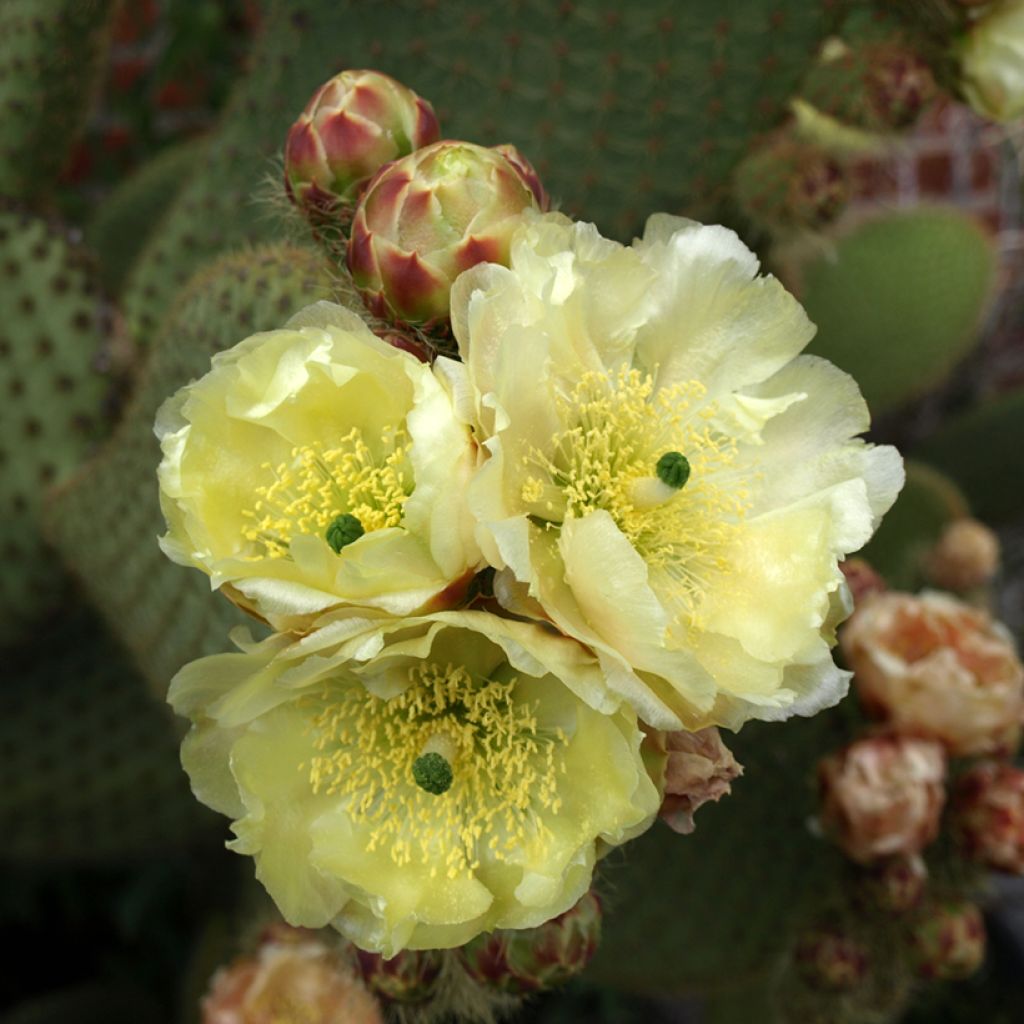

Opuntia microdasys var. rufida - Cinnamon cactus, bunny ear cactus
Opuntia microdasys var. rufida - Bunny ears cactus
Opuntia microdasys var. rufida
Bunny ears cactus
Special offer!
Receive a €20 voucher for any order over €90 (excluding delivery costs, credit notes, and plastic-free options)!
1- Add your favorite plants to your cart.
2- Once you have reached €90, confirm your order (you can even choose the delivery date!).
3- As soon as your order is shipped, you will receive an email containing your voucher code, valid for 3 months (90 days).
Your voucher is unique and can only be used once, for any order with a minimum value of €20, excluding delivery costs.
Can be combined with other current offers, non-divisible and non-refundable.
Home or relay delivery (depending on size and destination)
Schedule delivery date,
and select date in basket
This plant carries a 12 months recovery warranty
More information
We guarantee the quality of our plants for a full growing cycle, and will replace at our expense any plant that fails to recover under normal climatic and planting conditions.
Would this plant suit my garden?
Set up your Plantfit profile →
Description
Opuntia microdasys var. rufida, commonly known as Red-spined Bunny Ears Cactus or Bunny Ears Prickly Pear, is a small, segmented cactus prized for its unique appearance and easy care. Its small, ovate segments adorned with reddish glochidia give it a distinctive aesthetic. Adapted to arid climates, this compact variety thrives in dry gardens in Mediterranean climates, as well as in indoor pots, where it serves as a fascinating botanical curiosity. In regions with wet and cold winters, this cactus is best grown in containers to be brought indoors during frost periods.
Belonging to the Cactaceae family, Opuntia microdasys var. rufida is a natural variant of Opuntia microdasys, not a horticultural cultivar. It grows wild in the arid regions of northern Mexico and the southwestern United States, primarily in sandy, rocky soils. Its range covers semi-desert areas where it coexists with other cacti and xerophytic plants. The species name "microdasys" means "small fleece," referring to the glochidia covering its cladodes (flattened segments). Unlike other Opuntia microdasys varieties with yellow glochidia, the rufida variety stands out with its reddish-brown glochidia, forming small, regular cushions on the segments. These glochidia will sting and detach easily so it needs careful handling. Opuntia microdasys var. rufida has a spreading, bushy habit, with moderate growth, reaching an average height of 60 cm and a spread of 90 cm when planted in the ground. In pots, it remains more compact. It does not produce true woody stems, but its flattened segments interlock to form a branching structure. Flowering, which occurs in spring if conditions are favourable, produces pale yellow flowers 4–5 cm in diameter, typical of Opuntia, with numerous petals and prominent stamens. Pollination is carried out by pollinating insects. After flowering, red, fleshy fruits appear. Flowers and fruits rarely form on pot-grown specimens. These fruits are theoretically edible but contain hard seeds and must be prepared carefully. The cactus lacks true leaves, instead bearing flattened stem segments. This variety does not produce spontaneous offsets but can be easily propagated by prickly pear cuttings.
Perfect for a dry garden or xerophytic planting scheme, Opuntia microdasys var. rufida fits naturally in rockeries, gravel borders, or large pots on sunny terraces. Indoors, it thrives in bright rooms, on windowsills, or in conservatories. This cactus pairs well with other small, drought-tolerant plants such as Echeveria setosa, Sedum reflexum, or Crassula radicans 'Small Red'. These combinations create a cohesive, low-maintenance desert landscape.
Due to its stinging glochidia, it is advisable to place it out of reach of children and pets. Its decorative appeal, combined with drought resistance, makes it ideal for succulent enthusiasts and minimalist decor lovers.
Opuntia microdasys var. rufida - Bunny ears cactus in pictures




Flowering
Foliage
Plant habit
Botanical data
Opuntia
microdasys var. rufida
Cactaceae
Bunny ears cactus
Opuntia rufida, Opuntia lubrica
North America
Planting and care
Plant Opuntia microdasys var. rufida in the ground only in regions spared from severe frosts and not too humid in winter. Plant in spring, choosing a full sun exposure. The soil should preferably be poor, even rocky, stony, chalky, sandy, perfectly well-drained: this plant thrives in dry, even arid soils in summer, as well as in winter. Container cultivation is therefore preferable in most regions, so the plant can be sheltered from frost in winter, at a temperature above 5°C if possible. This species also tolerates sea spray and can thus be grown near the coast. It has no known enemies in our latitudes, apart from scale insects.
Growing substrate: 3/4 potting compost + 1/4 topsoil + organic fertiliser for potted plants. Sandy, very stony soil, low in clay for outdoor cultivation.
Propagation: by prickly pear cutting, easy: take a segment at a joint, place it on a cactus soil-type substrate for a few days, until a callus forms. Then insert the base of the cutting slightly deeper into the soil and water regularly. The plant will not flower or bear fruit until it is 3 years old.
Handle this cactus with gloves and remove them carefully, as the fine needles (glochidia) stick to all fabrics and penetrate the skin.
Planting period
Intended location
Care
Planting & care advice
This item has not been reviewed yet - be the first to leave a review about it.
Similar products
Haven't found what you were looking for?
Hardiness is the lowest winter temperature a plant can endure without suffering serious damage or even dying. However, hardiness is affected by location (a sheltered area, such as a patio), protection (winter cover) and soil type (hardiness is improved by well-drained soil).

Photo Sharing Terms & Conditions
In order to encourage gardeners to interact and share their experiences, Promesse de fleurs offers various media enabling content to be uploaded onto its Site - in particular via the ‘Photo sharing’ module.
The User agrees to refrain from:
- Posting any content that is illegal, prejudicial, insulting, racist, inciteful to hatred, revisionist, contrary to public decency, that infringes on privacy or on the privacy rights of third parties, in particular the publicity rights of persons and goods, intellectual property rights, or the right to privacy.
- Submitting content on behalf of a third party;
- Impersonate the identity of a third party and/or publish any personal information about a third party;
In general, the User undertakes to refrain from any unethical behaviour.
All Content (in particular text, comments, files, images, photos, videos, creative works, etc.), which may be subject to property or intellectual property rights, image or other private rights, shall remain the property of the User, subject to the limited rights granted by the terms of the licence granted by Promesse de fleurs as stated below. Users are at liberty to publish or not to publish such Content on the Site, notably via the ‘Photo Sharing’ facility, and accept that this Content shall be made public and freely accessible, notably on the Internet.
Users further acknowledge, undertake to have ,and guarantee that they hold all necessary rights and permissions to publish such material on the Site, in particular with regard to the legislation in force pertaining to any privacy, property, intellectual property, image, or contractual rights, or rights of any other nature. By publishing such Content on the Site, Users acknowledge accepting full liability as publishers of the Content within the meaning of the law, and grant Promesse de fleurs, free of charge, an inclusive, worldwide licence for the said Content for the entire duration of its publication, including all reproduction, representation, up/downloading, displaying, performing, transmission, and storage rights.
Users also grant permission for their name to be linked to the Content and accept that this link may not always be made available.
By engaging in posting material, Users consent to their Content becoming automatically accessible on the Internet, in particular on other sites and/or blogs and/or web pages of the Promesse de fleurs site, including in particular social pages and the Promesse de fleurs catalogue.
Users may secure the removal of entrusted content free of charge by issuing a simple request via our contact form.
The flowering period indicated on our website applies to countries and regions located in USDA zone 8 (France, the United Kingdom, Ireland, the Netherlands, etc.)
It will vary according to where you live:
- In zones 9 to 10 (Italy, Spain, Greece, etc.), flowering will occur about 2 to 4 weeks earlier.
- In zones 6 to 7 (Germany, Poland, Slovenia, and lower mountainous regions), flowering will be delayed by 2 to 3 weeks.
- In zone 5 (Central Europe, Scandinavia), blooming will be delayed by 3 to 5 weeks.
In temperate climates, pruning of spring-flowering shrubs (forsythia, spireas, etc.) should be done just after flowering.
Pruning of summer-flowering shrubs (Indian Lilac, Perovskia, etc.) can be done in winter or spring.
In cold regions as well as with frost-sensitive plants, avoid pruning too early when severe frosts may still occur.
The planting period indicated on our website applies to countries and regions located in USDA zone 8 (France, United Kingdom, Ireland, Netherlands).
It will vary according to where you live:
- In Mediterranean zones (Marseille, Madrid, Milan, etc.), autumn and winter are the best planting periods.
- In continental zones (Strasbourg, Munich, Vienna, etc.), delay planting by 2 to 3 weeks in spring and bring it forward by 2 to 4 weeks in autumn.
- In mountainous regions (the Alps, Pyrenees, Carpathians, etc.), it is best to plant in late spring (May-June) or late summer (August-September).
The harvesting period indicated on our website applies to countries and regions in USDA zone 8 (France, England, Ireland, the Netherlands).
In colder areas (Scandinavia, Poland, Austria...) fruit and vegetable harvests are likely to be delayed by 3-4 weeks.
In warmer areas (Italy, Spain, Greece, etc.), harvesting will probably take place earlier, depending on weather conditions.
The sowing periods indicated on our website apply to countries and regions within USDA Zone 8 (France, UK, Ireland, Netherlands).
In colder areas (Scandinavia, Poland, Austria...), delay any outdoor sowing by 3-4 weeks, or sow under glass.
In warmer climes (Italy, Spain, Greece, etc.), bring outdoor sowing forward by a few weeks.


































